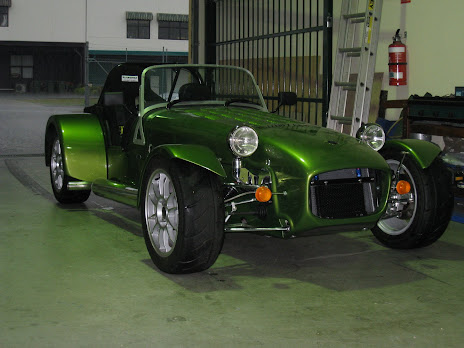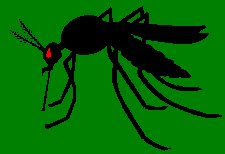Yup, this important step has begun. And with a bang, too.

There are a few things that need to happen to the engine before it can go in (and to the car too, but that's another post). The new cams give higher lift - cam designs these days (sure, like I knew what they were before) give higher lift and less duration for more power, better efficiency and lower emissions. Basically, the way the cams are ground means the valve open wider (better breathing) but for shorter periods. The science behind all of this really does escape me, as most websites start talking about flow rates and the effect of turbulence as described by fluid dynamics, and chaos theory as well (if a butterfly in Perth gets sucked into a throttle body in Perth, it causes hurricanes in the American mid-west, apparently).
Anyway, the upshot is that if the cams are taller (ie the lobes on the camshaft are bigger), then it stands to reason that they need more headroom in which to turn. So, to achieve this, little pockets need to be fly-cut in the top of the pistons so that the cams don't get fouled. This means removing the head to remove the old cams, and then getting the pistons themselves out to be cut.
Getting the top off the engine wasn't that hard - here's a photo of what it all looks like:

You can see the two cam shafts clearly in this photo - they're the two rods running down the left and right on the top of the engine. You can also see the lobes of the cam shafts, all offset from each other to open the fuel and exhaust ports in sequence. You can also see the chain that drives it all, as distinct from the Zetec which is driven by a rubber belt.
The new cams also come with adjustable verniers, which
allow minute adjustment of the cams and timing. This should mean that I get the most out of the new cams once they're installed.
The next step was to open the whole thing up to get at the pistons, which is where things got trickier. In order to take the whole thing apart, there's a main bolt at the front of the engine that needs to be undone. Now, the rotating parts on the bottom end of a Duratec are all pressed together- ie relying on friction to stop things from slipping. So far this is apparently very reliable, even up to hp and torque levels above where I'm going, however if the engine is coming apart, I'll get these sandwhiched parts keyed. This picture helps describe what this means:

OK, it's a crude representation, but you'll have to work with me and my poor left-brain dominant art skills.
The picture shows two cylinders. Now imagine that the dark blue cylinder spins, and through friction the light blue cylinder spins as well. However, you can imagine that if you apply enough force to overcome friction, you could force the two to slip. Given that this is an engine, where all sorts of components have to move in some complex little ballet, this would be bad. For example, if the crank gets out of sequence with the cams, you'll get all sorts of weird things happening.
If you add a key, however, this is what you get. A groove gets cut and a key added. As you can imagine, this means that the two disks can no longer slip, giving a more reliable engine under power.
OK, enough of the amateur mechanics, and back to the story. In order for all of this to happen, there's a bolt. As you can imagine, when Ford put all this together, they didn't want things to slip for 200,000km or more, so there's a bit of torque applied to this bolt. Getting it undone would require some force. Here's a photo of the delicate instruments and techniques used to achieve this.
In case you're wondering, what has happened is the guy on the left has just taken an almighty swing with that lump of wood at the spanner on the bolt, and the guy on the left is trying to make sure the engine doesn't turn over. This, and several other violent attempts, didn't work. Ford know what they're doing when they build these things ;-)
The answer, apparently, is a rattle gun - a tool powered by an air compressor that applies a huge amount of force (1000ft/lb of torque) to turn a nut. It's the same sort of tool used by F1 pit crews to remove and replace wheel nuts. If that doesn't shift it, nothing will.
Oh, and in other news, I finally bought a new camera, so the photos on the blog should improve. And if you're wondering how I managed to cut everyone's heads off in the previous photo - that was deliberate. Not everyone wants their face plastered all over the web......



1 comment:
Caption Contest:
Not everyone wants their face plastered all over the web...
'when wacking an engine with a lump of wood!!!'
Post a Comment